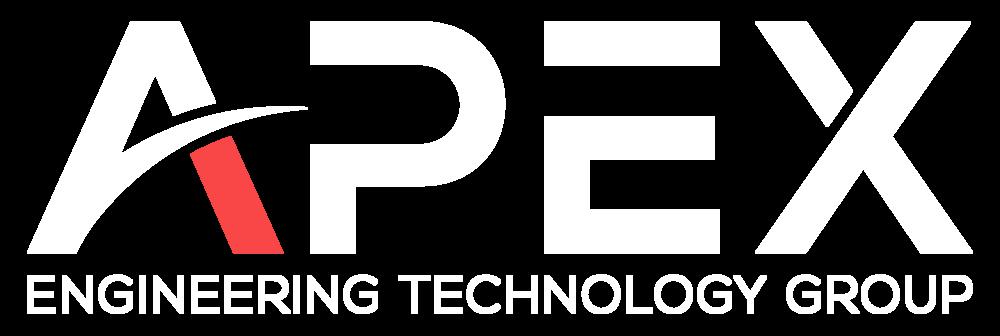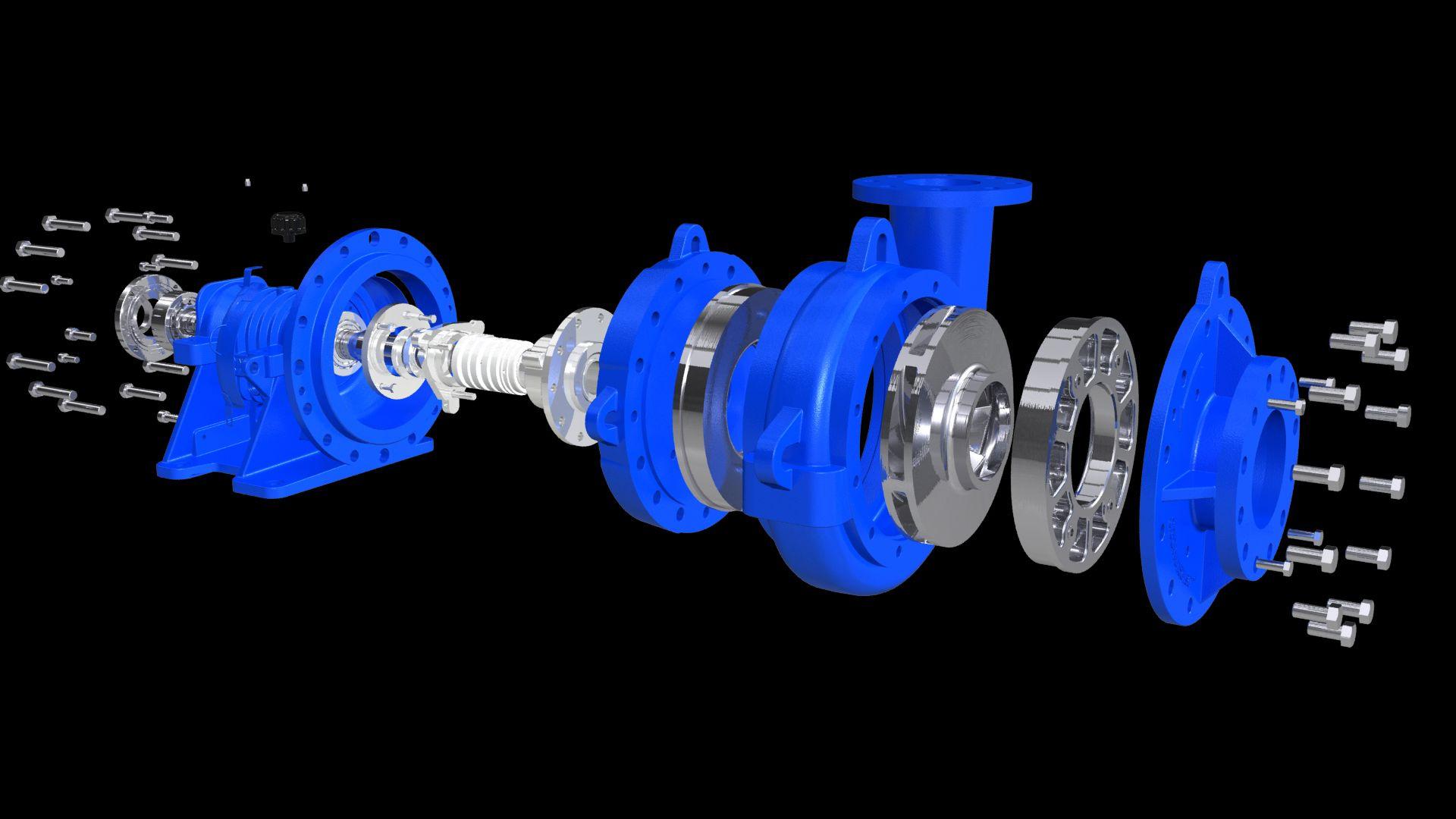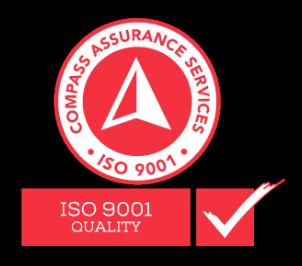











Abrasion is the most common cause of wear in pumps. It occurs when the pump is used to handle abrasive materials, such as sand, gravel, or slurries
APEX ETG’s laser cladding can add a layer of material with superior wear resistance to the surface of the pump components, helping to reduce the effects of abrasion

Vibration can cause wear in pumps by causing mechanical stress on the components, resulting in cracks or fractures.
APEX ETG’s laser cladding services add material to areas of the pump components that are subject to high levels of vibration, helping to reduce the risk of fatigue failure.

Erosion is caused by the impact of solid particles or high-velocity fluids on the surface of the pump, which can lead to material loss and decreased pump efficiency.
APEX ETG’s laser cladding services add a layer of material that is more resistant to erosion than the original material, helpingtoprotectthepumpcomponents from the effects of high-velocity fluids andsolidparticles

Cavitation occurs when the pressure in the pump drops below the vapour pressure of the liquid being pumped, causing bubbles to form and then collapse, resulting in damage to the pump impeller and other components.
APEX ETG’s laser cladding services can be used to modify the surface properties of the pump components, such as roughness and hardness, to reduce the likelihood of cavitation occurring.


Laser cladding adds a layer of material with superior wear resistance to pump components, increasing their durability and reducing the frequency of replacements.
Laser cladding applies a corrosion-resistant layer to pump components, protecting them from damage caused by corrosive fluids and extending their lifespan.
Laser cladding allows for precise control over the thickness and composition of the coating applied to pump components, ensuring uniformity and achieving desired performance characteristics.
Laser cladding can enhance the surface hardness of pump components, making them more resistant to wear and extending their operational life.
Laser cladding can improve their efficiency, reduce energy consumption, and enhance overall pump performance by optimising the surface properties of pump components.
Laser cladding can extend the lifespan of pump components, reducing the need for frequent replacements and lowering maintenance costs over time




The impeller is the pump's rotating component responsible for generating fluid flow Laser cladding can be used to repair or strengthen the impeller vanes, hub, and shroud.

The casing is the stationary component of the pump that houses the impeller and directs the fluid flow Laser cladding can be used to repair or strengthen the casing wall, volute, and suction eye.

Pump shafts can be subject to wear, corrosion, and fatigue due to the cyclic loading and stresses associated with the pump's operation. Laser cladding can be used to repair or strengthen the shaft journals, keyways, sleeves and splines.

The bearings support the pump's rotating components, reduce friction, and prevent the pump shaft from bending or breaking. Laser cladding can be used to repair or strengthen the bearing housings and seats.

Laser cladding can be used to repair and enhance the surface of wear rings, which are stationary components that form a seal around the impeller and prevent fluid from leaking back into the suction side of the pump.
The seals prevent fluid from leaking out of the pump along the shaft. Laser cladding can be used to repair or strengthen the seal surfaces and seats.

traditional hardfacing, laser cladding uses a laser beam as the source of energy instead of an arc to fuse or alloy coating material and the base material together.
Laser cladding has a significantly reduced heat-affected sone (HAs), which means short cooling times. This creates many advantages:
Base material dilution is minimal
Almost no distortion of the base material
The coating material retains many of its original properties. Resulting in coatings with high hardness and excellent wear resistance corrosion resistance and dimensional control.
Large area with high deposition rate
Cost-effectiveness
High accuracy
No flaking or peeling
4mm to 30mm deposit width
Excellent cladding metallurgy
High-efficiency process lower thermal input and lower powder consumption
Minimal pre and post-processing required
Precision control
A high-resolution process enables thin-clad layers of ~0.25 mm thickness
Lower residual stress and distortion



APEX ETG offers high-quality laser cladding services for a variety of industrial applications.
Laser cladding services
10 kW high power large area cladding
Internal diameter (ID) laser cladding
Coaxial multidirectional precision laser cladding
Hotwire and powder feed delivery options
EHLA = high-speed laser cladding
Pre and post-machining services

ID laser cladding is when the inside of a component, such as a pipe, bores or tubes, is clad for the benefits of dimensional control, repair and reinforcement, as well as protection against impact, wear, and corrosion. Our versatile ID laser cladding capabilities are ideal for bores or tube 75mm in diameter or greater, with a reach of 2 5 meters. A wide range of alloy materials can be used in either powder or wire form. The 45° laser beam exit angle allows the cladding of both cylinder walls and seating surfaces.

The advantages of APEX ETG’s cost-effective surface hardening diode laser heat-treating service are high processing speed and precise case depths resulting in negligible distortion and enhanced resistance to wear, fatigue and corrosion resistance. Application examples include: carbon alloy steels and cast irons, bearing surfaces, cutting surfaces, pumps, valve seats, drive train components, gears, pulleys, hand tools, needles and pins, forming tools, stamping dies and turbine blades.


At APEX ETG, we use both conventional and laser welding technologies in conjunction with automated robotics allowing us to offer fabrication and hardfacing services, ensuring quality, repeatability and productivity
Welding and fabrication services
High-speed fabrication
3Phase 400amp MIG welder
Cutting and forming custom jigs for applications
Equipment reclamation and repairs
We offer a comprehensive range of services and equipment to manufacture new components, from unique ‘one-offs’ to large batch runs in a broad range of sises, weights and geometries.
Pre and post-machining services:
Milling machine with 1.5m bed
Lathes; 1-4m between centres, up to 2200mm swing
Cylindrical grinder 3.5m between centres, 650mm swing Linisher 5.5m between centres, 1600mm swing diamond belts
VTL 1200mm swing with a height of 1200mm

Our turnkey systems are custom-built to meet your needs
Through our business partnerships with equipment manufacturers and our expertise, we are able to design, manufacture, build and integrate systems for laser cladding and thermal spray applications. Once the system is fully commissioned, we provide calibration, training and aftermarket maintenance support to your organisation



APEX ETG’s in-house laboratory covers a range of services to engineer, test and analyse hardfacing and laser cladding applications ensuring the optimal surface solution These capabilities include:
Sample preparation and testing
Material analysis equipment and software
Twin rotatory sample grinding & polishing
Micro and macro hardness testing
Positive Material Identification (PMI)
Ultrasonic Testing (UI)
Dye penetrant inspection
APEX ETG is actively searching for the next innovative component, product, system, technology or process that can increase the opportunities for surface coating solutions

APEX ETG is at the forefront of cutting-edge hardfacing technologies and provides ongoing R&D collaboration opportunities for businesses looking to improve their efficiencies, long-term profitability and environmental goals








Laser cladding involves applying a thin layer of material onto a base component, which helps restore or enhance its functionality This targeted approach minimises the use of raw materials compared to full component replacement, reducing waste and conserving resources
By repairing components using laser cladding, their operational lifespan can be significantly extended. This reduces the need for frequent replacements, which not only saves resources but also reduces the environmental impact associated with the production and disposal of new components.
Laser cladding is a highly efficient process that uses focused laser energy to melt and fuse the cladding material onto the base component. Laser cladding typically requires less energy input than traditional repair methods, such as welding or thermal spraying, resulting in lower energy consumption and reduced carbon emissions
Repairing components through laser cladding generates less waste compared to replacement options Instead of discarding entire components, laser cladding selectively repairs and reinforces damaged areas, minimising the amount of material that would otherwise be sent to landfills or recycling facilities
Laser cladding can enhance the performance and functionality of components by using specialised cladding materials, such as corrosion-resistant alloys or wear-resistant coatings. This improves the durability of repaired components, reducing the likelihood of future failures and the associated environmental impact.
Laser cladding can often be a cost-effective repair option compared to component replacement, particularly for highvalue or complex parts. By avoiding the need for complete replacements, businesses can save on procurement costs, transportation, and disposal expenses while reducing the overall environmental footprint.


Sustainability is at the heart of our business and our purpose in creating lasting value for our clients and society To this end, it is about integrating environmental, social and governance (ESG) considerations into our decision-making every day. As a solutions and services provider, our focus is on contributing to better outcomes for our clients, people, partners, suppliers, and the environment APEX ETG is uniquely placed as a trusted partner to help facilitate sustainable, responsible and efficient operating procedures. By working together, we collectively contribute to a low-carbon future.
In the battle against global warming, APEX ETG supports companies in heavy industries to reach their carbon neutrality targets by offering sustainable alternatives to wear part replacement and R&D collaboration opportunities to pursue green energy innovations. Refurbishing, reinforcing and repairing wear parts damaged by friction, impact, and erosion with refined hard-facing processes minimise waste, reduces downtime and costs, and is a sustainable business approach.
APEX ETG’s collaborative R&D efforts with OEMs and service providers are aiding the mining, mineral processing and a range of industries move towards sustainable practices with laser-clad hardfacing on excavators, screens, crushing, wear parts and many more applications. We’re excited to be working on new lines of business services that we hope will further support our clients, contribute to the community, and enable a just and fair transition to a cleaner global economy.




